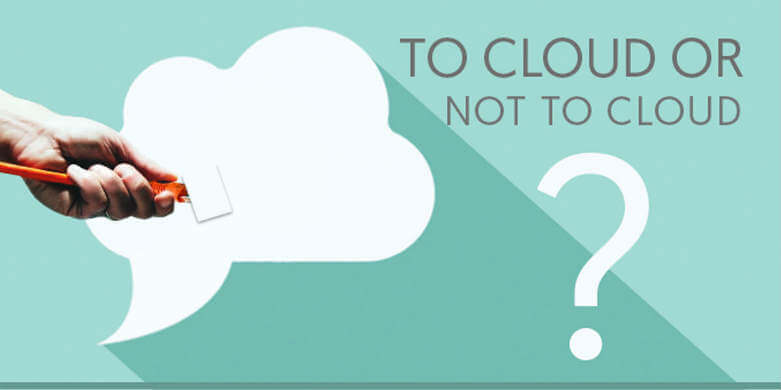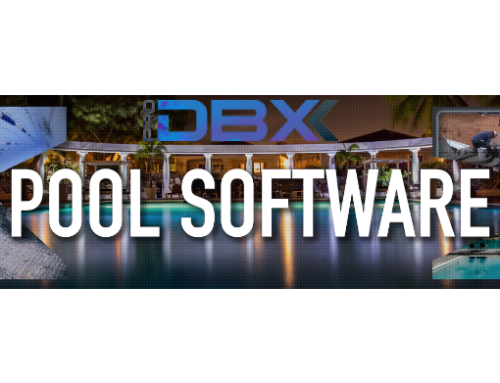What You Might Not Know About the Hidden Costs of On-Premise Software
It’s not all that uncommon for consumers to shoot down Cloud software or SaaS for its On-Premise variety because of the costs, but what they fail to realize is how expensive the costs of On-Premise can be.
First, let’s define what On-Premise really means. It is software installed and run on computers on the premises (in the building) of the person or organization. The difference between On-Premise and Cloud is that Cloud Software is hosted at a remote facility away from the user, such as at a server farm or within the Internet.
The main debate between the two we’ll be discussing is cost. The monthly cost of Cloud Software can be quite expensive. Many times, smaller business owners would choose On-Premise Solutions over Cloud simply because it appears to be cheaper. But is that really the case?
Related: Advantages and Disadvantages to Cloud Computing
Cost of Electricity
The most basic cost of all and not a whole lot of people actually put a large amount of thought into it. Electricity use must be paid. Therefore, the first of the costs of On-Premise software is electricity. It requires a good amount of electricity needed to keep the On-Premise software operating, especially if it’s required to operate 24/7. And if it is required to function for that length of time, you can expect the cost of electricity to add up. But that’s not the only hidden cost.
Cost of Data
When operating from the building, bandwidth (data transfer rate) becomes a bit of an issue. If the company has to handle large amounts of data, hosting On-Premise software may present a problem as limits are reached. This is where Cloud Storages come into play.
With Cloud Storages, users can store large amounts of data into the Internet. The problem there lies in the fact that with On-Premise software, users will have to pay for their own Cloud Storage. Cloud Software vendors, on the other hand, almost always offer free data storage to their clients. This will help to reduce costs.
Related: Top Methods to Protect Your Data
Cost of Replacement and Maintenance
Often times forgotten is the free maintenance and upgrading that Software Vendors provide when purchasing Cloud Software. This, however, does not apply to On-Premise Software.
With On-Premise Software, the short term cost might, in some cases, be less than Cloud Software. However, when it comes to long term, it is far more expensive to maintain.
This type of software requires that you replace the systems every few years or so, typically around 5. The longer you try to stretch a server lifespan, the more you’re risking unexpected failure during migration to a new system. And this can lead to you having to pay even more for to repair the damaged system or for a brand new one all together.
Cost of Downtime
For every moment the system is down, companies miss out on large profits. Although both Cloud and On-Premise servers run into downtimes, Cloud is much more stable and reliable. When On-Premise solutions go down, it’s up to the company and their IT to assess the problem and apply the solution.
With Cloud, however, the vendor is responsible for repairing the server. Typically with Cloud servers, the vendor company maintains a specialized team ready to tackle any server problems. So when comparing the two, you can expect an On-Premise server to take a longer time to return as opposed to the Cloud.
Total Cost of Ownership
The total cost of ownership encompasses all of the above costs. Often times, most businesses fail to even glaze over the total cost of ownership. But as this aspect compounds all the other costs, this will give companies insight onto whether or not it would be more costly for On-Premise of Cloud.
Using this handy Total Cost of Ownership Calculator provided by SoftwareAdvice will help tremendously in figuring out the digits.
Conclusion
As was discussed, the hidden costs of On-Premise greatly oppose that of Cloud Computing. These costs are often overlooked. It should be noted, however, that even though the Cloud will save more money in the long term, On-Premise is actually capable of costing less when utilized in the shorter term. Although these variables depends on the business.
Thus, even though Cloud Software is almost always a monthly subscription based product, those numbers will, more often than not, end up adding to less than the costs of On-Premise solutions.






It’s actually pretty funny because I never once thought about electricity being a cost to using On-Premise Software. It just kinda flew over my head.